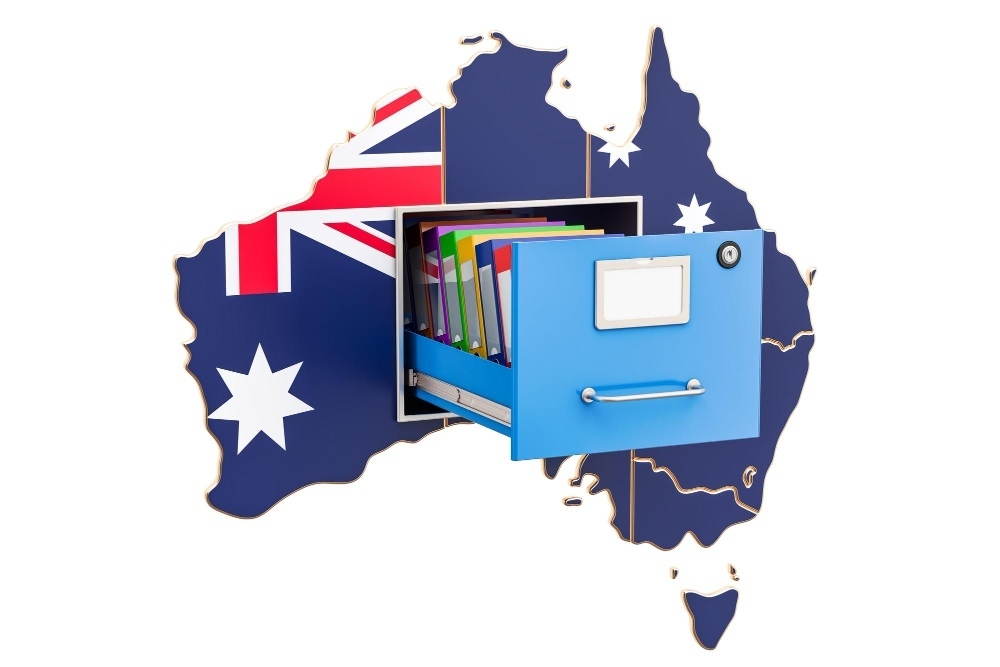
Financial Documents for Australia Student Visa Checklist 2026
Monday, 18 Aug 2025

Australia is one of the famous destinations for students who want to pursue a valuable degree. So, this country offers opportunities to all students by providing multiple intakes throughout the year. By taking advantage of a flexible opportunity to start a new career in academics, most students are able to achieve their goals. Australia accepts students during February, July, and November, offering a diverse range of courses. Understanding these key admission dates for Australia intakes is important to prepare your documents, applications, arrange visas and secure the preferred course in the best university.
In this blog, we provide information regarding a comparison of Australia's intake months, preparation tips, and the best intake for Nepalese students. Along with it, we also give insights regarding things to consider when deciding which intake is for you, myths about Australia intakes and why choosing AIMS education to study in Australia.
Intake seasons refer to the specific periods in the year during which a university and colleges accepts new applications for admission. In Australia, the enrollment periods are in February, July, and November. During these months, Universities and Colleges open new applications and commence new courses for domestic as well as international students. To know the brief about these intakes, we have provided the details in the table to make it easier for you.
|
Months Intake |
Typical start months |
Courses Availability |
Application deadline |
Consideration |
|
February intake (Semester 1) |
February - March |
Broadest selection of courses and programs |
October to December of the preceding year |
The primary enrollment timeframe corresponds with the Australian academic year, and there is a strong demand for spots |
|
July Intake (semester 2) |
July - August |
Significant yet less than February |
April to May |
Entry in the middle of the year, reduced competition, and is ideal for individuals requiring additional preparation time |
|
November Intake (Semester 3) |
November - December |
Targeted and concise courses |
June to July |
Focus on particular areas, less rivalry, and is perfect for late entrants or niche studies |
To study in Australia, you should have at least a 2.8 to 3.0 GPA in college to study for a Bachelor's. Furthermore, you should get a more than 3.0 GPA to study for a Master's degree. Furthermore, if your financial background is strong, then you can start your preparation and visa processing in Australia. As mentioned prior, the Australian intakes occur during February, July and November. So, you need to get ready for the Australian intakes prior to these months. While preparing, there are lots of things to do, such as choosing the best university and understanding the requirements. Some of the key aspects of information regarding preparing for Australia intakes are mentioned below:
Choosing the best intake in Australia for Nepalese students in order to get the best graduate degree can help you ensure time course completion and a smoother transition into your academic environment. Each enrollment period (February, July, and November) is good for students from Nepal. Among them, the February intake is mostly recommended. It is because this intake offers a wide range of programs, better scholarship opportunities, a vibrant student community, a high success rate and aligns with Nepal's academic calendar. Furthermore, if you go abroad this month, there won't be a longer academic year, a high chance of getting jobs and internships, and you can adjust there with ease. If you miss the February intake to study in Australia, you can also begin your studies in July or November, as Australian universities (La Trobe University, Deakin University, and Griffith University) also accept admissions during these months.
There are many things that you need to consider while deciding about the intakes. Choosing the appropriate intake plays a vital role in planning your studies in Australia. There are many factors that can influence Australian intake. By taking the time to check the influencing factors can help you with a smooth transition. Some of the things you need to decide about the intake are listed below:
When students are planning to study in Australia, many students can come to know about the myths related to university intakes. These misconceptions about the university intakes lead to missing the great opportunity. Therefore, knowing the facts behind these misconceptions helps you to choose the appropriate intake and grab the best opportunity. Some of the myths behind Australia's intakes are given below.
If you want to study in Australia and get a valuable degree, but you don't know which consultancy is best for enrollment in Australia, AIMS Education stands out as the top among other consultancies. It is because AIMS education offers a variety of ideal services, such as career counselling and workplace assistance. Furthermore, this consultancy offers many aspects of services, which are listed below:
As being one of the trusted and leading consultancies in Nepal, AIMS Education is dedicated to guiding students toward the best academic and career opportunities in Australia. If you need more details about Australia intake, visit AIMS Education - one of the best consultancies in Nepal.
The February intake is recommended for Nepalese students in Australia as you can get a wide range of programs, huge scholarship opportunities, and a high success rate. Furthermore, you can enrol in Australia in July as well as November, as these months mark the opening of new admissions.
No, the cost of studying in Australia for both international and domestic students is not less expensive than in other countries such as Canada and the UK. The annual tuition fees range from AUD 20,000 to 45,000 for undergraduates and from AUD 22,000 to 50,000 for postgraduates.
Going to Australia for study in February allows you to take the best courses that assist you in reaching your objectives. Some of them are as follows:
Charles Sturt University (CSU) is the most affordable university in Australia. It is a public university that offers a wide range of undergraduate and postgraduate courses with a tuition fee of around AUD 27,000 to AUD 34,000 per year.